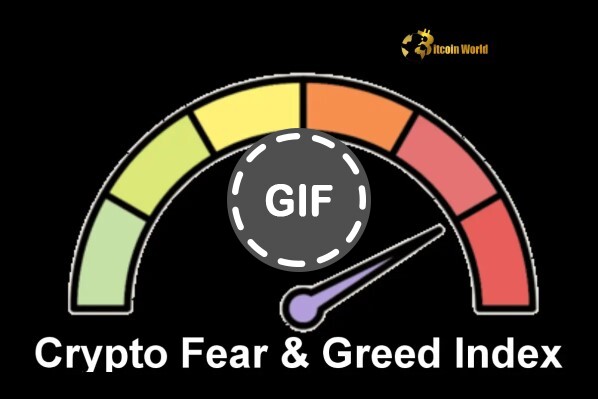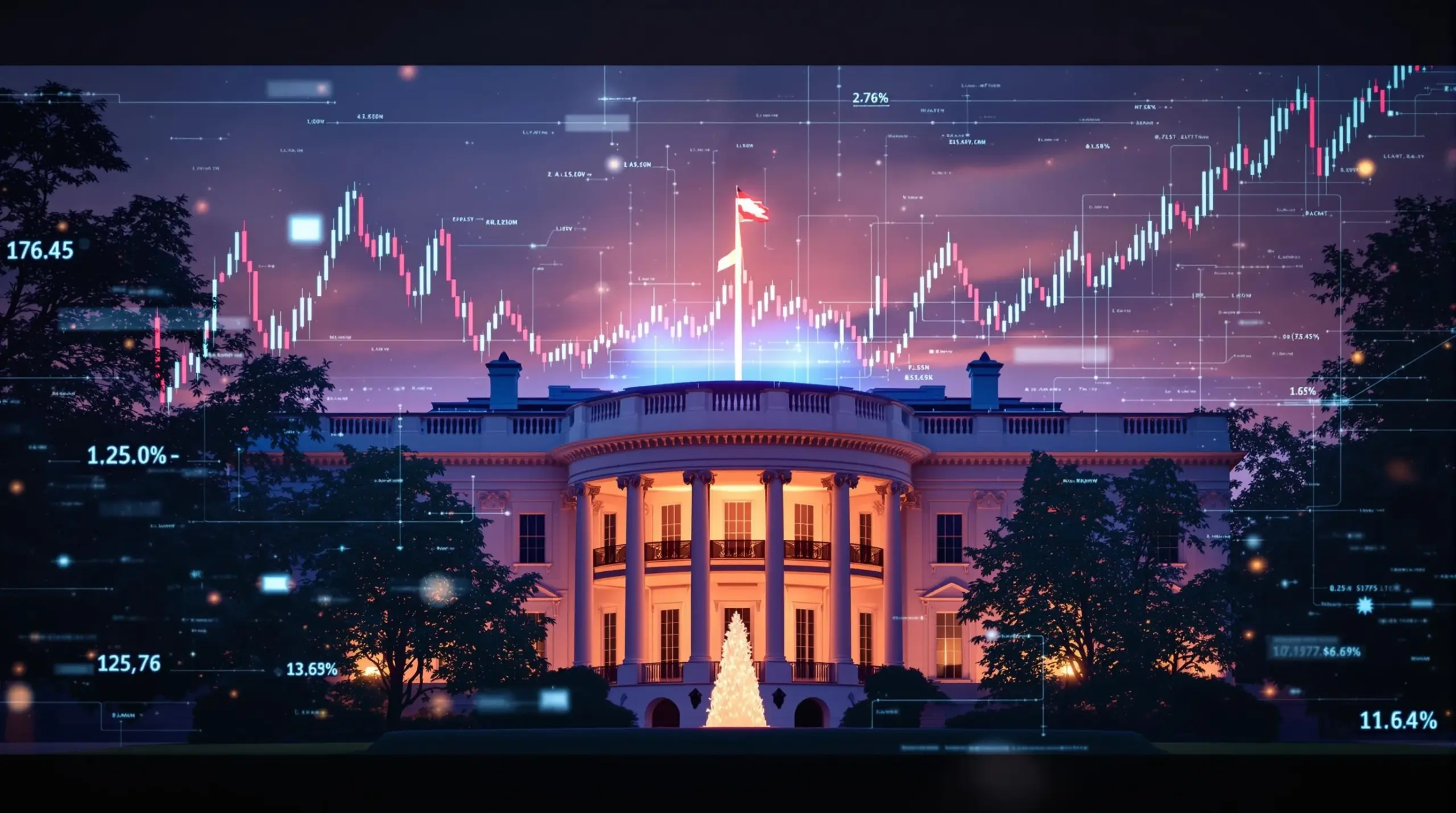BitcoinWorld

Shocking DEGO Price Drop: Dego Finance Plunges 49% in Sudden Altcoin Crash
The cryptocurrency market, known for its rapid swings, delivered another stark reminder of its inherent volatility recently. Investors holding DEGO, the native token of Dego Finance, witnessed a dramatic event: a sudden and severe DEGO price drop. Data from CoinMarketCap confirmed that the token experienced a staggering decline of approximately 49% within the span of just one hour. This kind of rapid devaluation is a significant event in the altcoin space and immediately captured the attention of traders and market watchers alike.
Understanding the Sudden DEGO Price Drop
When an asset like DEGO loses nearly half its value in such a short period, it’s natural to question what triggered the freefall. While pinpointing a single definitive cause in real-time can be challenging, especially with the speed of crypto markets, several factors often contribute to such sudden and sharp movements:
- Large Sell Orders: A significant sell-off by one or more large holders (often called ‘whales’) can overwhelm buy orders and drastically push the price down, especially in markets with lower liquidity.
- Negative News or Rumors: While no immediate major negative news specifically about Dego Finance was widely reported concurrently with the drop, sometimes rumors or delayed reactions to past events can trigger panic.
- Market-Wide Sentiment: If the broader crypto market is experiencing a downturn or uncertainty, specific altcoins, particularly those with smaller market caps, can amplify these movements.
- Liquidity Issues: For tokens traded on multiple exchanges, varying liquidity levels can lead to cascading effects once selling pressure begins on one platform.
- Automated Trading and Stop Losses: Algorithmic trading bots reacting to initial price dips can trigger further selling, as can cascades of stop-loss orders being hit.
The speed of this particular DEGO price drop suggests a confluence of strong selling pressure and potentially thin order books at certain price levels. The impact was immediate and severe for those holding the asset during that specific hour.
What is Dego Finance and its Role in the Market?
Before diving deeper into the implications of the Dego Finance price movement, it’s helpful to understand the project itself. Dego Finance positions itself as a cross-chain NFT and DeFi protocol. It aims to build an open NFT ecosystem where anyone can issue NFTs, participate in mining, auctions, and trading. Key aspects include:
- NFT Minting and Mining: Allowing users to create and earn NFTs through various activities.
- Staking and Yield Farming: Offering DeFi opportunities for users to earn yield on their assets.
- Cross-Chain Compatibility: Operating on multiple blockchain networks to enhance accessibility.
- Governance: The DEGO token is intended to play a role in the governance of the platform.
As an altcoin operating in the busy DeFi and NFT sectors, DEGO is subject to the trends, hype cycles, and investor sentiment associated with these narratives. Its price is influenced not only by the performance and development of the Dego Finance platform but also by the broader health and sentiment surrounding NFTs and decentralized finance.
Putting the Drop in Context: Crypto Market Volatility
While a 49% drop in one hour is extreme, significant volatility is not uncommon in the cryptocurrency space. The entire market, from Bitcoin and Ethereum to smaller altcoins, is susceptible to rapid price swings driven by news, regulatory developments, macroeconomic factors, and market sentiment. This recent event highlights the inherent risks associated with investing in digital assets, particularly in the altcoin sector.
Historical data is replete with examples of tokens experiencing massive pumps followed by equally dramatic dumps. Factors contributing to overall crypto market volatility include:
- 24/7 Trading: Unlike traditional markets, crypto markets never close, allowing for continuous price discovery and reaction to global events.
- Lower Liquidity (for many altcoins): Compared to major assets or traditional stocks, many altcoins have lower trading volume, making them more susceptible to large price swings from relatively smaller trades.
- Speculative Nature: A significant portion of crypto trading is driven by speculation rather than underlying fundamentals, amplifying price movements.
- Regulatory Uncertainty: Shifting regulatory landscapes in different countries can introduce sudden uncertainty and impact market sentiment.
The DEGO incident serves as a potent case study in how quickly fortunes can change within this highly dynamic environment. It underscores why understanding and preparing for significant volatility is crucial for anyone participating in the crypto market.
Is This a Typical Altcoin Price Crash?
The term altcoin price crash is used frequently in the crypto space, but the severity and speed of DEGO’s recent decline put it on the more extreme end of typical corrections or downturns. While double-digit percentage drops within a day or even a few hours are not unheard of for altcoins, a near 50% drop in just 60 minutes is particularly sharp.
What makes an altcoin susceptible to such a severe crash?
- Smaller Market Cap: Tokens with lower total market capitalization require less capital to move their price significantly compared to Bitcoin or Ethereum.
- Concentrated Ownership: If a large percentage of tokens are held by a small number of wallets, the actions of these few holders can have an outsized impact.
- Reliance on Hype/Narrative: Altcoins heavily reliant on specific trends (like DeFi or NFTs) can see rapid price increases during bull cycles but experience equally rapid declines when the trend cools or market sentiment shifts.
- Limited Utility (in some cases): Tokens with limited real-world or platform utility beyond speculation can be more vulnerable to price crashes once speculative interest wanes.
While DEGO Finance has a working platform and ecosystem, like many altcoins, its price can still be heavily influenced by broader market dynamics and speculative trading activity. The recent crash highlights this vulnerability.
Analyzing the Impact on DEGO Crypto Holders
For individuals holding DEGO crypto during that specific hour, the impact was immediate and significant. A 49% drop means that for every $100 invested, the value plummeted to approximately $51. This can trigger panic selling from those trying to cut their losses, potentially exacerbating the downward spiral in the short term.
However, experienced crypto market participants understand that volatility cuts both ways. While painful during a downturn, rapid drops can sometimes be followed by swift rebounds, though this is never guaranteed. The key for holders in such situations often involves:
- Evaluating the Project: Does the underlying Dego Finance project still have strong fundamentals, development activity, and community support? A price crash doesn’t always mean the project is failing.
- Considering Investment Horizon: Are you a short-term trader or a long-term investor? Long-term holders may be less concerned about short-term price swings if they believe in the project’s future.
- Risk Management: Did you invest more than you can afford to lose? Was a stop-loss order in place? These are crucial questions for navigating such events.
The sudden drop serves as a harsh lesson in the importance of risk management and emotional control when dealing with highly volatile assets like DEGO crypto.
Navigating Extreme Volatility: Actionable Insights
Events like the sharp DEGO price drop underscore the need for robust strategies when engaging with the crypto market. Here are some actionable insights:
- Diversify Your Portfolio: Don’t put all your capital into a single altcoin. Spreading investments across different assets and even different asset classes can mitigate the impact of a severe downturn in one holding.
- Set Realistic Expectations: Understand that significant percentage gains can turn into significant percentage losses very quickly. Avoid investing based purely on FOMO (Fear Of Missing Out).
- Implement Risk Management Tools: Consider using stop-loss orders to automatically sell an asset if it drops below a certain price, limiting potential losses. However, be aware of ‘wicking’ where a sudden, brief price drop can trigger stops before a potential rebound.
- Do Your Own Research (DYOR): Understand the fundamentals of the projects you invest in. What problem does Dego Finance solve? Who is on the team? What is their development roadmap?
- Stay Informed, But Avoid Panic: Keep up with news, but avoid making impulsive decisions based solely on short-term price movements or social media hype/fear.
- Only Invest What You Can Afford to Lose: This is perhaps the most critical rule in highly speculative markets like altcoins.
While the prospect of rapid gains attracts many to altcoins, the reality of events like this DEGO crash highlights the symmetrical risk of rapid losses. Preparation and a disciplined approach are key to navigating this environment.
The Broader Implications for Altcoin Markets
The DEGO incident is not isolated. It is a symptom of the broader characteristics of the altcoin market. While altcoins offer the potential for exponential returns, they come with significantly higher risk than more established assets like Bitcoin or Ethereum, or traditional investments.
Such events can:
- Increase Investor Caution: Remind investors of the potential downsides, leading to more conservative behavior.
- Test Project Resilience: How does the Dego Finance team respond to such a significant price event? Their communication and continued development efforts can influence future sentiment.
- Highlight Market Inefficiencies: Rapid, large percentage drops can sometimes point to issues with liquidity or market structure on specific exchanges.
Ultimately, the altcoin price crash phenomenon is a natural, albeit painful, part of a young, developing, and highly speculative market. It weeds out weaker projects over time and tests the conviction of investors.
Conclusion: A Stark Reminder of Crypto’s Wild Side
The shocking 49% DEGO price drop in just one hour serves as a potent, real-time example of the extreme volatility inherent in the cryptocurrency market, particularly within the altcoin sector. While the exact catalyst for this specific rapid decline might remain debated, it underscores the potential impact of large sell orders, market sentiment, and liquidity dynamics on assets like DEGO.
For holders and prospective investors, this event is a crucial reminder of the risks involved in seeking high returns in volatile markets. Understanding the nature of Dego Finance price movements within the context of broader crypto market volatility and the specific vulnerabilities of an altcoin price crash is essential. As the market continues to evolve, adopting sound risk management practices and maintaining a long-term perspective based on thorough research into projects like DEGO crypto becomes paramount. Volatility is a feature, not a bug, of this market, and navigating it successfully requires preparation, discipline, and a healthy respect for its power.
To learn more about the latest crypto market trends, explore our article on key developments shaping altcoin price action.
This post Shocking DEGO Price Drop: Dego Finance Plunges 49% in Sudden Altcoin Crash first appeared on BitcoinWorld and is written by Editorial Team





